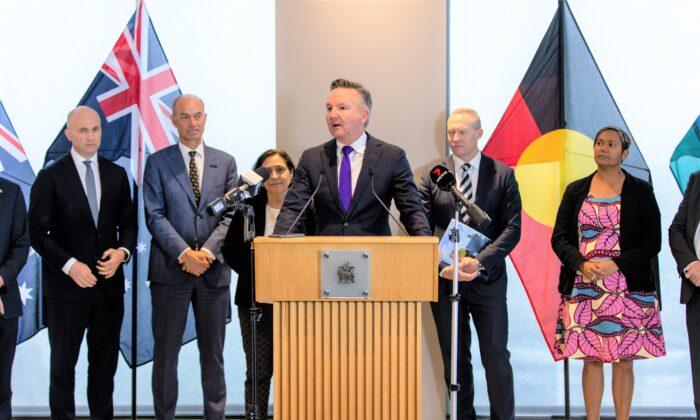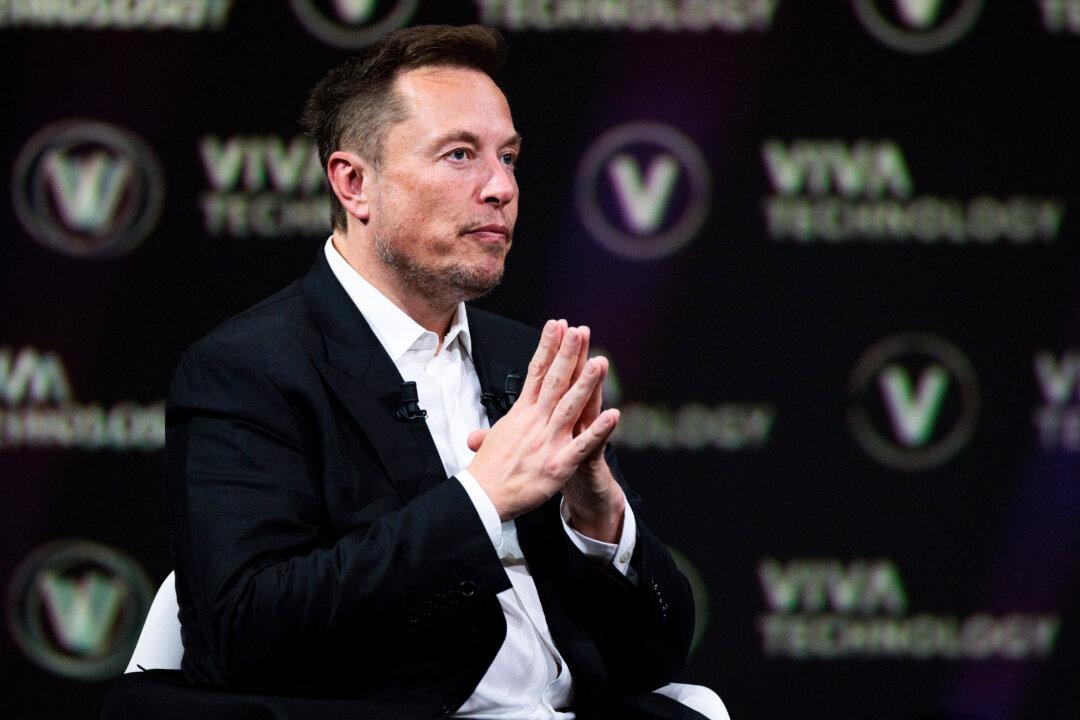The Opposition has warned that the Australian federal government’s new “carbon tax” will come at a heavy cost for businesses suffering from the cost of living crisis.
Under the centre-left Labor government’s new safeguard—which the previous centre-right Coalition government introduced—Australia’s biggest polluters will be required to reduce their net emissions by almost 35 percent by 2030.
It requires the 215 facilities that annually produce over 100,000 tonnes of greenhouse gases to limit their net emissions below a baseline limit.
Businesseses can “offset” the excess emission when the baseline limit is exceeded s by purchasing carbon credits.
But Ted O'Brien, the Shadow Minister for Energy, said the policy was “the biggest carbon tax Labor has introduced” and is three times more expensive than the carbon tax under former Labor Prime Minister Julia Gillard.
In 2014, the Gillard government priced carbon at A$23 (US $15.31) a tonne, compared to $75 a tonne under the Albanese government.
“And it'll be up to $100 by 2034 times the price.
“Economic insanity is a tax on individual families and consumers. I mean, there is no chance that we are going to have all the companies under this scheme that are able to reduce their emissions, by the way.”
Despite Australia seeing the fastest rate of decline of emissions demanded by the government in the world, the government is “demanding companies reduce their emissions faster than even the union,” O'Brien added.
“So what it means is they’re going to have to pay by these credits, which is going to cost them a lot of money.
“Right now, they’re struggling. Christmas has come and gone. Our prices are through the roof, and they’re only going higher. We are in a cost-of-living crisis. And the Albanese government’s solution is let’s now introduce a carbon tax.”
Energy Bill Skyrockets
Despite Labor’s election promise to reduce power bills by $275, Australian households are still bracing themselves for a double to triple-digit hike in their gas bill after two of Australia’s largest energy suppliers announced new gas rates.AGL, the country’s largest electricity generator, has raised gas prices for Victorian, New South Wales (NSW), Queensland and South Australian customers–from Jan. 1 for customers on standing offers and from Feb. 1 for customers on variable rate market contracts.
With the new rates, residential customers in Victoria on variable rate market contracts would suffer the most, having to pay an extra $326 per year on average, which equates to a 24.9 percent increase, while Victorian residential AGL customers on standing offers will need to pay an extra $304 per year (21.6 percent).
Meanwhile, Origin Energy’s gas price hike, which is set to take effect from Feb. 1, will also see Victorian households’ average household hit the hardest, having to pay $370 more per year (22.1 percent increase).
Energy Minister Chris Bowen said the reformed safeguard mechanism is “expected to deliver 205 million tonnes of abatement to the end of the decade, equivalent to cutting emissions from Australia’s cars by two-thirds over the same period,” Bowen said.
The 215 mining, oil, and gas facilities emit around 28 percent of the country’s emissions, or 143 million tonnes of carbon dioxide equivalent, in 2022-23, according to government projections (pdf). The safeguard changes aim to reduce this to 100 million tonnes by 2030.
The proposed baseline decline rate is to be 4.9 percent every year to 2030, with the system to commence on July 1.





Friends Read Free